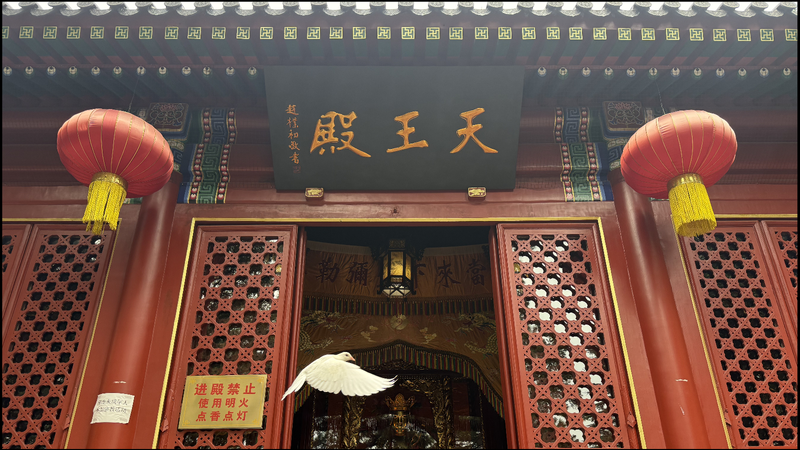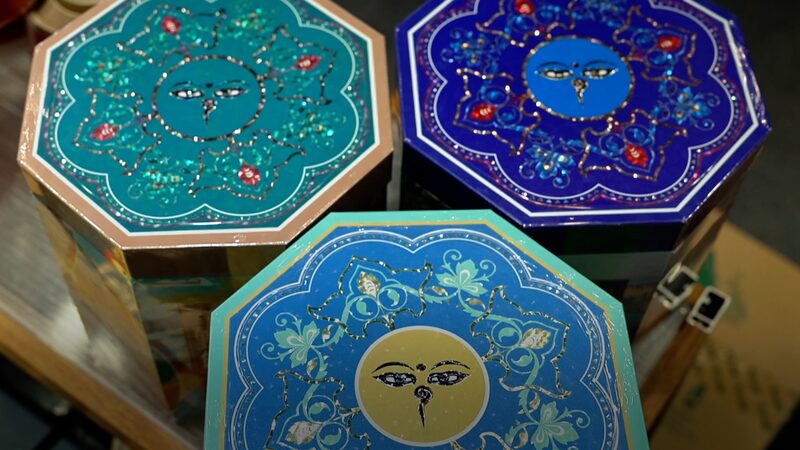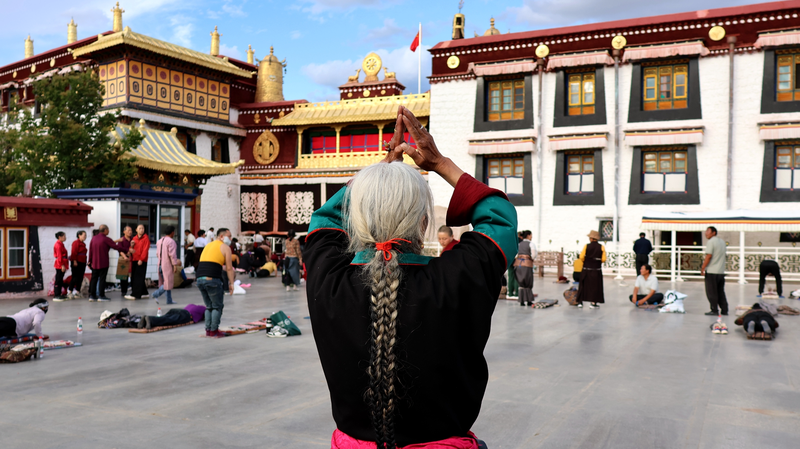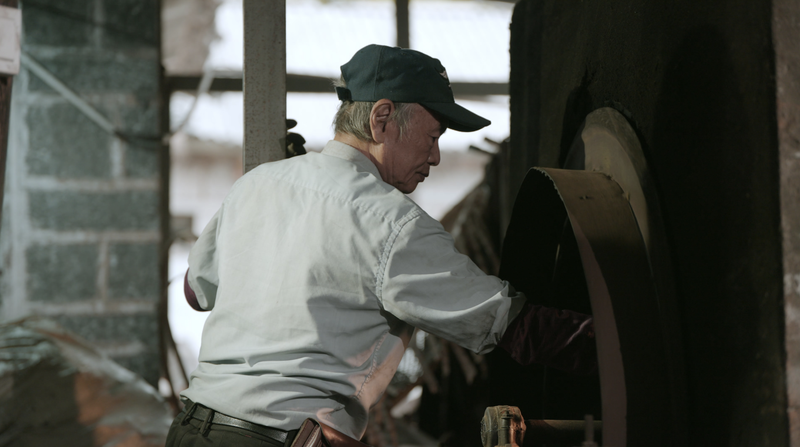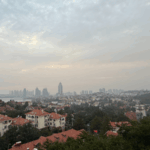QINGDAO, China – Beneath the verdant slopes of Zhanshan Mountain, a quiet harmony unfolds daily at Zhanshan Temple. Visitors here encounter more than ancient architecture; they step into a living tapestry of spiritual reflection and cultural coexistence unique to China’s coastal city of Qingdao.
Morning light filters through pine trees as locals gather under makeshift tents, sipping tea from glass jars while doves flutter near their feet. The air hums with whispered mantras and the earthy scent of incense – a sensory prelude to the temple’s central practice of contemplation.
At the heart of the complex, the six-syllable Tibetan Buddhist mantra Om mani padme hum resonates through hallowed halls. Devotees believe these ancient words purify human flaws, guiding practitioners toward compassion and wisdom. Rows of wooden prayer plaques chime like wind chimes, each bearing handwritten hopes for health and peace.
"There’s a rhythm here that changes you," observed one visitor, describing how the temple’s golden Buddha statues and candlelit pavilions create space for introspection. The experience reflects China’s broader tapestry of spiritual traditions, where Buddhist temples, mosques, and churches often coexist within walking distance.
For global travelers and cultural explorers, Zhanshan Temple offers more than photogenic vistas. Its true power lies in demonstrating how urban spaces can nurture quiet reflection amid modern life – a lesson resonating across Asia’s rapidly developing cities.
Reference(s):
Incense, stained glass, and the tide: Tracing serenity in Qingdao
cgtn.com
